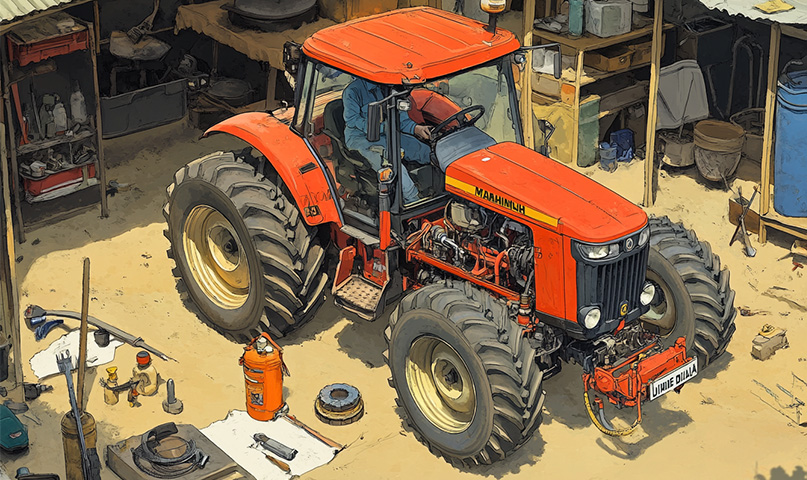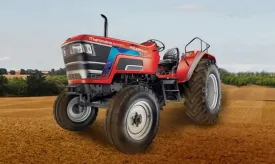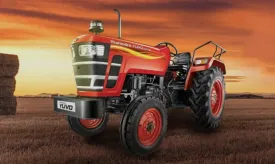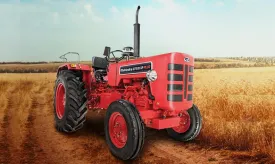Types of Crop Seasons in India: Kharif, Rabi and Zaid
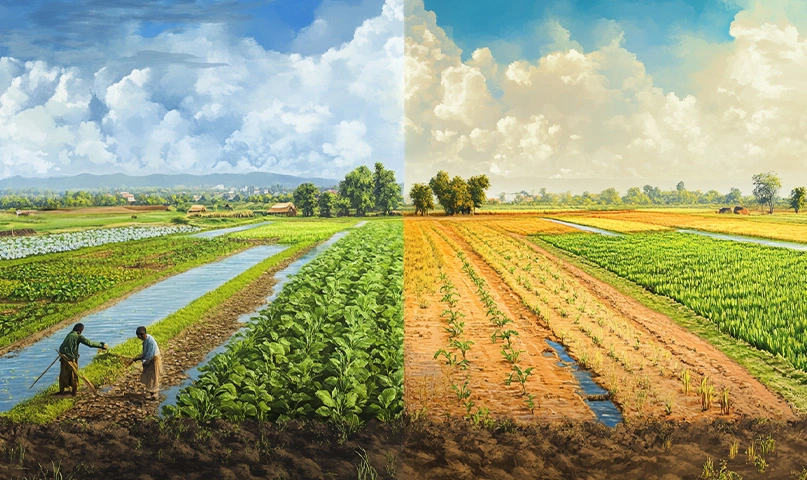
India's diverse climate and geography make it one of the most agriculturally rich countries in the world. To make the most of seasonal variations in temperature, rainfall, and daylight, Indian agriculture is traditionally divided into three major crop seasons: Kharif, Rabi, and Zaid.
Understanding these seasons is crucial not just for farmers, but also for agribusinesses, policymakers, and students of agriculture. Let’s take a closer look at each one, the crops grown, and the climatic conditions they thrive in.
1. Kharif season (June to October)

Also known as the monsoon crop season, Kharif crops are sown with the onset of the southwest monsoon and harvested at the end of the monsoon, typically between June and October.
Key features:
- Sowing time: June–July
- Harvesting time: September–October
- Rain-fed crops – require substantial rainfall for germination and growth
Major kharif crops:
- Cereals: Rice (paddy), maize, jowar (sorghum), bajra (pearl millet)
- Pulses: Arhar (tur), urad, moong
- Oilseeds: Groundnut, soybean, sesame (til)
- Commercial crops: Cotton, sugarcane
Regions where it dominates:
- Eastern and southern India where monsoon rains are plentiful
Since the soil is often freshly moistened, land preparation must be fast and efficient to make the most of the rains.
Key tractor activities for Kharif crops:
- Primary tillage: Ploughing with disc or mouldboard ploughs to loosen and aerate wet soil
- Puddling: For rice cultivation, tractors with cage wheels and puddler attachments prepare waterlogged fields
- Seed drilling: For maize, cotton, soybean – tractor-mounted seed drills ensure uniform depth and spacing
- Intercultivation: Tractors with row-crop cultivators help in weeding between rows
- Haulage: Transporting seeds, fertilizers, and harvested produce across fields
Popular implements:
- Rotavators
- Cultivators
- Puddler attachments
- Seed drills
- Trolley/Trailer
2. Rabi season (October to March)
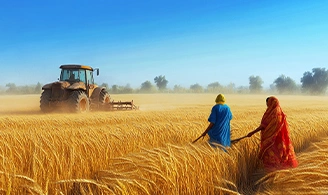
Rabi crops are sown after the monsoon rains when the soil has retained enough moisture and the temperatures are cooler. The word "Rabi" means "spring" in Arabic, and these crops are harvested in the spring, typically March to April.
Key features:
- Sowing time: October–November
- Harvesting time: March–April
- Require less water and cooler temperatures for growth
Major rabi crops:
- Cereals: Wheat, barley, oats
- Pulses: Gram (chana), lentils
- Oilseeds: Mustard, linseed
- Vegetables: Peas, carrots, cauliflower, cabbage
Regions where it dominates:
- Northern India (Punjab, Haryana, Uttar Pradesh) where winter irrigation is available.
Tractor usage during Rabi season
Rabi crops (October–March) require fine seedbeds and cooler temperatures. Since post-monsoon soil can be compacted, deep tillage and proper seed placement are crucial.
Key tractor activities:
- Deep ploughing: Chisel or MB ploughs break hard soil layers to improve water retention
- Rotavation: Rotavators help in creating fine tilth ideal for wheat, mustard, and gram
- Sowing: Seed cum fertilizer drills ensure timely sowing and input application
- Spraying: Tractors with mounted sprayers for pest and disease control in wheat and pulses
- Harvesting and transport: Tractors haul reapers and carry harvested crops to storage
Popular Implements:
- MB Plough
- Rotavator
- Seed-cum-fertilizer drill
- Mounted sprayer
- Reaper and trailer
Also Read: Top 5 Farm Implements for Rabi Crop Farming in India
3. Zaid Season (March to June)
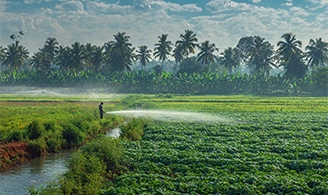
Zaid is the short season between Rabi and Kharif, typically during the summer months. It’s not dependent on rainfall and often relies on irrigation. Though smaller in scope, Zaid plays an important role in producing high-value fruits and vegetables.
Key Features:
- Sowing Time: March
- Harvesting Time: June (before the Kharif season begins)
- Grown using residual moisture and irrigation
Major Zaid crops:
- Fruits & Vegetables: Watermelon, muskmelon, cucumber, bitter gourd
- Cereals: Maize (summer), rice (in irrigated areas)
- Fodder Crops: Sudan grass, hybrid napier
Regions where it thrives:
- Areas with assured irrigation like canal-fed fields and river plains
Tractor usage during Zaid season
Zaid crops (March–June) grow in the short summer gap between Rabi harvest and Kharif sowing. Since these crops are grown under irrigation, timely soil prep and fast-growing crop cycles are essential.
Key tractor activities:
- Quick tillage: Light cultivators and rotavators prepare seedbeds quickly
- Precision sowing: For crops like watermelon, cucumber, and summer maize
- Mulching or bed formation: Some tractors are used to form raised beds and lay mulch
- Irrigation setup support: Tractors haul pipes, tanks, or drip system materials
- Harvest transport: Early Zaid crops are often perishable; tractors ensure quick transport to markets
Popular implements:
- Light rotavator
- Cultivator
- Bed former
- Water tanker trailer
- Mulch layer (optional)
Why Understanding Crop Seasons Matters
Knowing the crop calendar helps in:
- Planning sowing and harvesting schedules.
- Maximizing crop yield and water use.
- Choosing the right tractor implements and machinery.
- Better pest and disease management.
- Aligning with government schemes and market demand.
Farmers who align their practices with seasonal cycles are more likely to succeed in managing risks like drought, floods, or market gluts.
Conclusion
India’s three cropping seasons—Kharif, Rabi, and Zaid—form the backbone of its agricultural economy. Each season brings its own challenges and opportunities and understanding them helps farmers plan better and boost productivity.










